TNPSC Books
-
TNPSC பொதுத் தமிழ் Book - for Group 2, 2A, 3, 4 & VAO
₹1,000.00Original price was: ₹1,000.00.₹850.00Current price is: ₹850.00. -
TNPSC General English Book - for Group 2 & 2A
₹1,000.00Original price was: ₹1,000.00.₹850.00Current price is: ₹850.00.
Group 1 Courses
Group 1 | Postal and Online Test Series | 2022
₹3,200.00Original price was: ₹3,200.00.₹2,800.00Current price is: ₹2,800.00. 88TNPSC Group 1 - Test Series - 2019
4.7₹3,500.00Original price was: ₹3,500.00.₹2,800.00Current price is: ₹2,800.00. 541
Group 2 & 2A Courses
TNPSC Group 2 and 2A - Test Series - 2019 - தமிழ்
₹2,400.00Original price was: ₹2,400.00.₹1,800.00Current price is: ₹1,800.00. 175TNPSC Group 2 and 2A - Test Series - 2019
₹2,400.00Original price was: ₹2,400.00.₹1,800.00Current price is: ₹1,800.00. 527
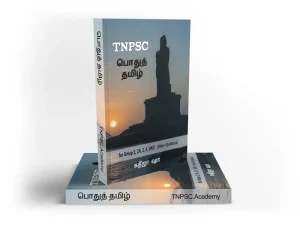
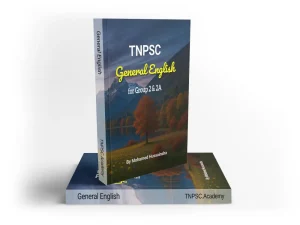
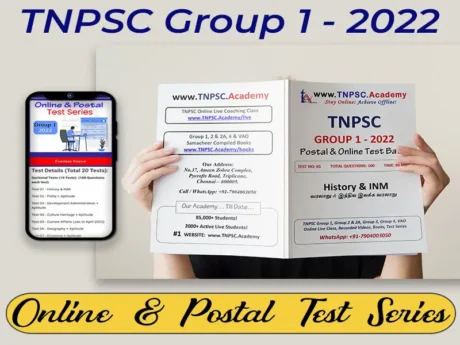
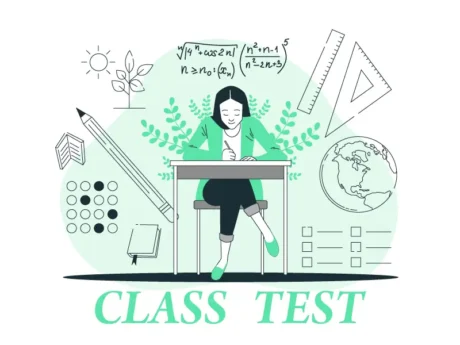



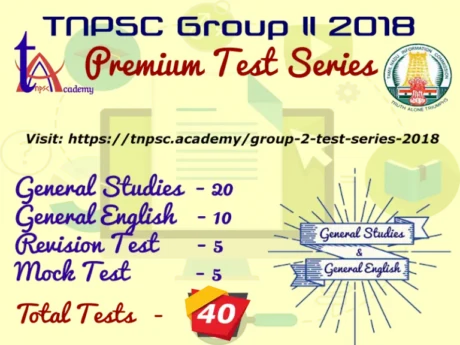
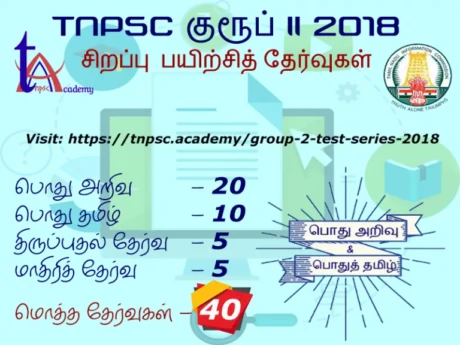


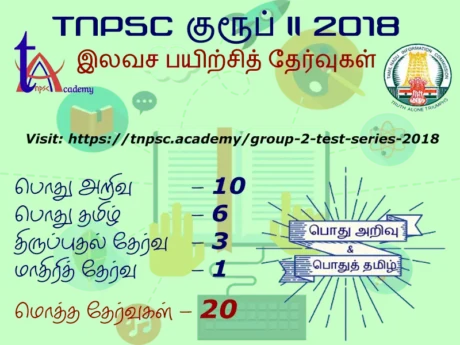
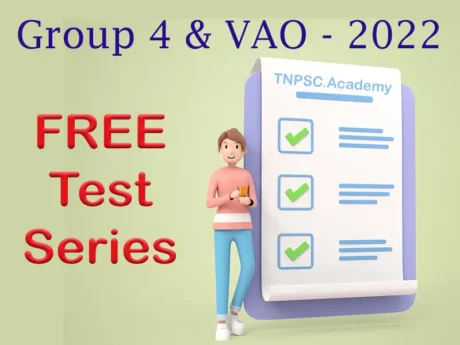

www.tnpsc.academy – TNPSC Current Affairs October 29, 2020 (29/10/2020)
Topic: India and its Foreign Relations
Second Meeting of India-Central Asia Dialogue
Recently, India virtually hosted the second meeting of the India-Central Asia Dialogue. The first meeting of the dialogue was held in Samarkand, the Republic of Uzbekistan in January 2019.
Key facts:
Combat Terrorism: All the nations strongly condemned terrorism and reaffirmed their determination to combat it by destroying terrorist safe-havens, networks, infrastructure and funding channels.
They also underlined the need for every country to ensure that their territory is not used to launch terrorist attacks against other countries.
Afghan Peace Process: All countries called for the settlement of the Afghan conflict on the basis of Afghan-led, Afghan-owned and Afghan-controlled peace process.
Infrastructure: They appreciated India’s efforts to modernise the infrastructure of the Chabahar port in Iran, which could become an important link in trade and transport communications between the markets of Central and South Asia.
Initiatives Announced by India:
An additional USD 1 billion Line of Credit by India for the Central Asian countries.
It is expected that the money will be spent on major infrastructural and connectivity projects.
Grant financing for high impact community development projects in the countries.
Establishment of working groups by India Central Asia Business Council comprising the key chambers of all participating countries.
The council was launched by the Government of India along with the Federation of Indian Chambers of Commerce and Industry (FICCI) in February 2020.
It aims to promote business in the region and to collaborate and provide an industry view to the governments of the six countries.
_
Topic: Latest inventions on Science and Technology
Earth Observation Satellite EOS-01: ISRO
India would launch its latest earth observation satellite EOS-01 and nine international customer satellites from Satish Dhawan Space Centre in Andhra Pradesh’s Sriharikota.
The Polar Satellite Launch Vehicle (PSLV-C49) of the Indian Space Research Organisation (ISRO) will launch these ten satellites on 7th November 2020. It will be PSLV’s 51st Mission.
Key facts:
EOS-01: It is an earth observation satellite and is intended for applications in agriculture, forestry and disaster management support.
Earth observation satellites are the satellites equipped with remote sensing technology. Earth observation is the gathering of information about Earth’s physical, chemical and biological systems.
Many earth observation satellites have been employed on sun-synchronous orbit.
Other earth observation satellites launched by ISRO include RESOURCESAT- 2, 2A, CARTOSAT-1, 2, 2A, 2B, RISAT-1 and 2, OCEANSAT-2, Megha-Tropiques, SARAL and SCATSAT-1, INSAT-3DR, 3D, etc.
Nine Customer Satellites: These are being launched as part of a commercial agreement with NewSpace India Limited (NSIL), Department of Space.
NSIL, incorporated in 2019 (under the Companies Act, 2013), is a wholly owned Government of India company, under the administrative control of Department of Space (DOS).
NSIL is the commercial arm of ISRO with the primary responsibility of enabling Indian industries to take up high technology space related activities and is also responsible for promotion and commercial exploitation of the products and services emanating from the Indian space programme.
_
Topic: Welfare Oriented Govt Schemes and their Utilities
Kumhar Sashaktikaran Yojana
Recently, electric pottery wheels to 100 potter families in Maharashtra were distributed under the Kumhar Sashaktikaran Yojana (KSY) of Khadi and Village Industries Commission (KVIC).
Key facts:
Kumhar Sashaktikaran Yojana (KSY) was launched in 2018. It aims to strengthen and improve the living of potters in the country by making them self-reliant (Atma Nirbhar).
Features: Providing potters with modern equipment and training to reconnect them with the society and revive their art.
Implementation: KVIC has created proper marketing channels including tie-up with the Indian Railway for selling the products of potters.
Benefits: Proper training and distribution of advanced equipment under the scheme has eliminated drudgery from the process of pottery making and also resulted in increasing the production by 3-4 times. This has led to an increase in income of potters manifolds.
_
Topic: Profile of States
Green firecrackers
The Delhi government scheduled to launch an anti-firecracker campaign on November 3. Now, only ‘green’ firecrackers can be manufactured, sold and used in the national capital.
Background:
A ban on fireworks was imposed in 2018 and in 2019 only ‘green’ crackers were allowed, but the permission had come too late for manufacturers to ensure their availability on time.
What are Green Crackers?
They are known as ‘green’ firecrackers because they have a chemical formulation that produces water molecules, which substantially reduces emission levels and absorbs dust. They are the crackers with reduced emission and decibel level.
Benefits of Green Crackers:
They promise a reduction in particulate matters and harmful gases, like nitrous oxide and sulfur oxide, by 30- 35 per cent. They will be 25-30 per cent cheaper to manufacture and manufacturers would not have to make any changes in their facilities.
What gives colour to the firecrackers?
Red: Strontium salts (Nitrates, carbonates and sulphates of strontium).
Orange: Calcium salts (Carbonates, chlorides and sulphates of calcium).
Yellow: Sodium salts (Nitrates and oxalates of sodium).
Green: Barium salts (Nitrates, carbonates, chlorides and chlorates of barium).
Blue: Copper salts (Carbonates and oxides of copper).
Purple: A combination of copper and strontium compounds.
White: The burning of metals like magnesium, aluminium and titanium).